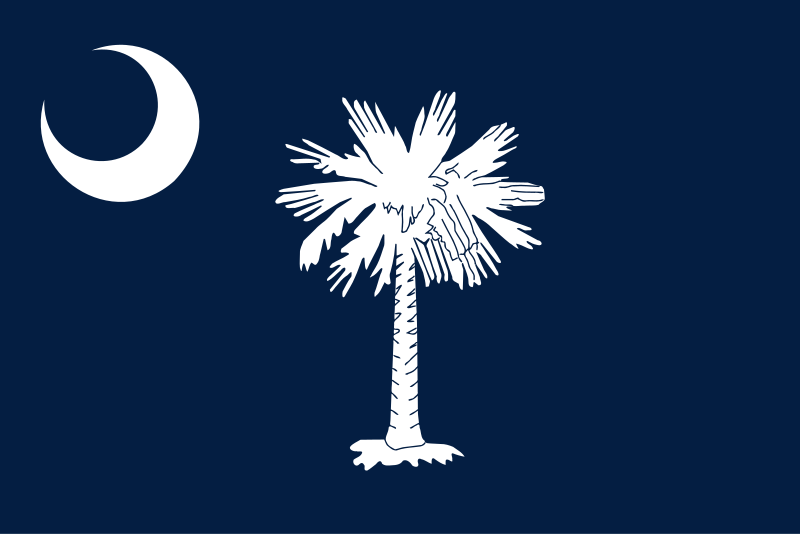

Learn to identify and understand traffic signs, signals, and pavement markings.
Road signs and traffic signals are critical communication tools that provide important information to drivers. Understanding these visual cues is essential for safe driving and is a significant part of the South Carolina Driver License test.
Road signs in South Carolina and throughout the United States are categorized by color, shape, and purpose:
These signs inform drivers of traffic laws and regulations that must be obeyed.
These signs alert drivers to potential hazards or changing road conditions ahead.
These signs provide directional and navigational information to drivers.
These signs alert drivers to road work, temporary conditions, and potential hazards in construction areas.
Stop Sign (Red Octagon): Come to a complete stop at the marked stop line or before entering the crosswalk or intersection. Proceed only when it's safe.
Yield Sign (Red and White Triangle): Slow down and be prepared to stop if necessary. Give the right-of-way to vehicles and pedestrians in or approaching the intersection.
Speed Limit: White rectangular signs with black numbers indicating the maximum legal speed under ideal conditions.
Minimum Speed Limit: Similar to maximum speed signs but indicate the lowest legal speed.
Lane Ends: Warning that a lane is ending and merging will be necessary.
Center Lane Left Turn Only: Indicates a shared center lane used only for left turns.
Railroad Crossing (Crossbuck): White X-shaped sign with "RAILROAD CROSSING" text, marking a railroad crossing.
Railroad Advance Warning: Round yellow sign with an "X" and "RR" symbols, warning of an upcoming railroad crossing.
Red Light: Stop completely at the marked stop line or before entering the crosswalk or intersection.
Yellow Light: Warning that the signal is about to turn red. Stop if you can do so safely; otherwise, proceed with caution.
Green Light: Proceed if the intersection is clear. Yield to pedestrians and vehicles still in the intersection.
Red Arrow: No turns allowed in the direction of the arrow.
Yellow Arrow: Protected turning time is ending.
Green Arrow: Protected turning movement allowed in the direction of the arrow.
Flashing Red Light: Same as a stop sign. Come to a complete stop, then proceed when safe.
Flashing Yellow Light: Proceed with caution.
Walk: Pedestrians may begin crossing.
Don't Walk/Steady Hand: Pedestrians should not begin crossing.
Flashing Don't Walk/Flashing Hand: Pedestrians should not begin crossing but may finish if already in the crosswalk.
Solid White Line: Marks the edge of the roadway or separates lanes of traffic moving in the same direction. Crossing is discouraged.
Broken White Line: Separates lanes of traffic moving in the same direction. Crossing is permitted when safe.
Solid Yellow Line: Marks the left edge of the roadway or separates lanes of traffic moving in opposite directions. Crossing a single solid yellow line to pass is discouraged but not always prohibited.
Double Solid Yellow Lines: Separates traffic moving in opposite directions. Crossing is prohibited for both directions.
Solid and Broken Yellow Lines: Traffic on the side with the solid line cannot pass. Traffic on the side with the broken line may pass when safe.
Stop Line: White line showing where to stop at an intersection.
Crosswalk: White lines indicating pedestrian crossing areas.
Arrows: White arrows on the pavement indicating which way traffic must go.
Railroad Crossing: Large X with "RR" marking a railroad crossing.
Now that you've studied road signs, take our practice test to see how well you know them.